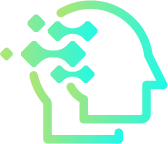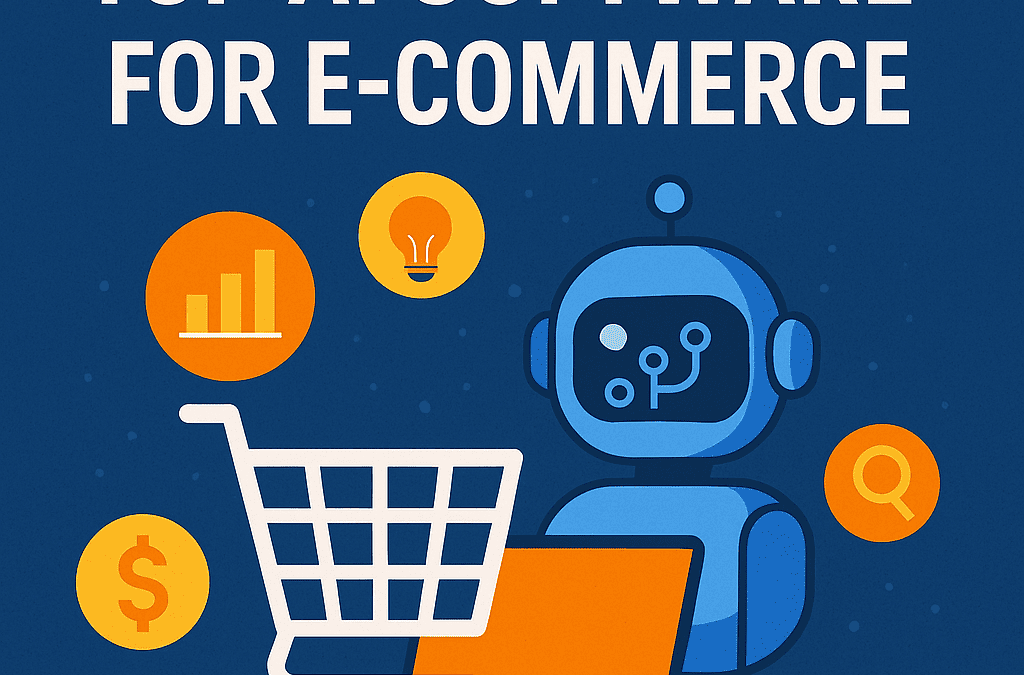Top AI Software for E-Commerce
The rise of AI tools is reshaping E commerce from top to bottom—product discovery, pricing, ads, support, and even inventory planning. For store owners and teams for business growth, the right stack of automation can boost conversions while reducing repetitive work. This guide highlights the Best AI software for online stores, focusing on practical outcomes: better product pages, smarter campaigns, and faster service. Many options also include a free plan or trial so you can validate impact before you scale.
Whether you’re launching your first shop or optimizing a seven-figure operation, modern platforms use machine learning to personalize recommendations, generate on-brand copy, classify images, and predict customer behavior. The goal isn’t to replace your strategy—it’s to accelerate it. By combining creative judgment with data-driven insights, these solutions help you test more ideas, iterate faster, and build a moat in competitive niches. Below you’ll find answers to common questions shoppers and founders ask about AI tools in e-commerce, plus guidance on choosing the right stack for business impact.
FAQs: Top AI Software for E-Commerce
Which AI is best for eCommerce?
There isn’t a single “one-size-fits-all” winner—the Best AI depends on your store’s stage, product type, and traffic sources. A high-performing stack typically includes:
- Product discovery & merchandising: recommendation engines that learn from browsing, add-to-cart, and purchase data to surface the right items. Great when your catalog is large or seasonal.
- Conversion & CRO: copy and image generation to improve titles, bullet points, and lifestyle visuals; A/B tools that suggest high-impact tests for E commerce product pages.
- Marketing automation: audience segmentation, predictive LTV, and campaign suggestions that turn raw data into smarter outreach—vital for business growth.
- Customer service: AI chat that understands order status, returns, and FAQs, escalating only complex cases to humans so teams can focus on higher-value work.
- Operations: demand forecasting and smart reordering to reduce stockouts and overstock, especially for SKU-heavy brands.
If you’re just starting, prioritize quick wins: AI-assisted product copy, auto-generated images, and a help widget that handles common questions. As you scale, layer in recommendations and predictive audiences. Most leading platforms offer a free tier or trial so you can test before committing. This mix of modular AI tools is typically the “best AI” approach for modern e-commerce.
What is the best AI software for marketing?
The best marketing suite blends content creation, targeting, and measurement. Look for three pillars:
- Creative at scale: Generate and refine product descriptions, headlines, and ad variations that match brand voice. Use image tools to create clean packshots and lifestyle scenes without expensive reshoots—ideal for business with frequent launches.
- Smart audiences: Predict which customers will likely repurchase, churn, or respond to a discount. Sync these segments to email, SMS, and paid ads to reduce wasted spend.
- Attribution & iteration: Automated insights that reveal which channels, creatives, and offers deliver the best ROAS, then recommend tests. This closes the loop between ideas and impact.
If you’re budget-conscious, start with platforms that include a free plan for basic features and upgrade as ROI appears. The combination of AI copy, creative testing, and predictive segmentation is often the fastest route to revenue lift in E commerce. In practice, the “Best Ai” for marketing is the one your team actually adopts—simple workflows beat complex dashboards every time.
How is AI used in eCommerce?
In day-to-day operations, AI tools power dozens of micro-improvements that compound into real revenue:
- On-site search & recommendations: dynamic results that account for personal history and real-time intent, increasing average order value.
- Content & visuals: AI drafts SEO-friendly product copy and creates on-brand images, speeding up launches and keeping catalogs consistent.
- Pricing & promotions: demand-aware rules that align margins with seasonality and inventory levels—critical for business stability.
- Customer support: conversational agents that resolve shipping, returns, and sizing questions instantly—often with a free starter tier.
- Forecasting & inventory: models that anticipate sales and advise purchases, minimizing cash tied up in stock.
- Fraud prevention: anomaly detection that flags risky orders without blocking legitimate customers.
Implementing even two or three of these use cases can move core metrics—conversion rate, AOV, and repeat purchase—especially when paired with continuous testing in your E commerce stack.
How to Choose the Right Stack
Start with your bottleneck. If you struggle to keep product pages fresh, adopt creative and CRO assistants first. If acquisition costs are rising, lean into predictive audiences and creative testing. Validate tools on a small collection, then roll out storewide. Favor solutions that integrate natively with your platform and analytics, and look for transparent pricing with a free tier so you can trial risk-free. Above all, pick AI tools your team will use daily—the “Best AI” is the one that fits your workflow for business results.

